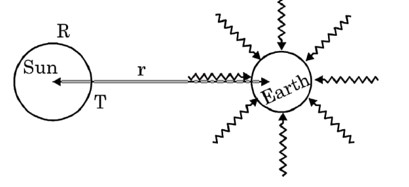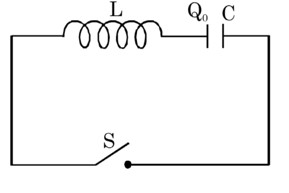Class 12th
Get insights from 12k questions on Class 12th, answered by students, alumni, and experts. You may also ask and answer any question you like about Class 12th
Follow Ask QuestionQuestions
Discussions
Active Users
Followers
New answer posted
2 months agoContributor-Level 10
v? = 2î F? = -2?
v? = 2? F? = -2î
⇒ B? is along -k? Hence v? = 2k? ⇒ F? = 0
New answer posted
2 months agoContributor-Level 9
Gain in K.E. Loss in P.E.
for proton
for - particle
Again, Loss in K.E. Work against field
for proton
for particle
New answer posted
2 months agoContributor-Level 10
tan 60° = (2kλ? /y? )/ (2kλ? /x? )
(√3λ? /x? ) = (λ? /y? ); √3λ? y? = λ? x?
New answer posted
2 months agoContributor-Level 10
The time period of LC oscillations,
The time at which charge on the capacitor will be zero is
So t
New answer posted
2 months agoContributor-Level 7
There are various types of enzymes, including lyases, ligases, isomerases, hydrolases, oxidoreductases, etc. To know about the types of enzymes in detail, refer to the article.
New answer posted
2 months agoContributor-Level 7
Enzymes found in human bodies are
Lipases: They remove the fats in the gut.
Amylase: It is present in the saliva. The role of amylase is to break down carbohydrates.
Maltase: These enzymes are found in the small intestine. It breaks down the sugar maltose into glucose.
Trypsin: These enzymes are present in the small intestine. The function of trypsin is to break proteins into amino acids.
Lactase: The function of lactase is to break down lactose into simpler sugars (glucose and galactose). Lactose is the sugar that is found in dairy products.
Taking an Exam? Selecting a College?
Get authentic answers from experts, students and alumni that you won't find anywhere else
Sign Up on ShikshaOn Shiksha, get access to
- 65k Colleges
- 1.2k Exams
- 679k Reviews
- 1800k Answers




